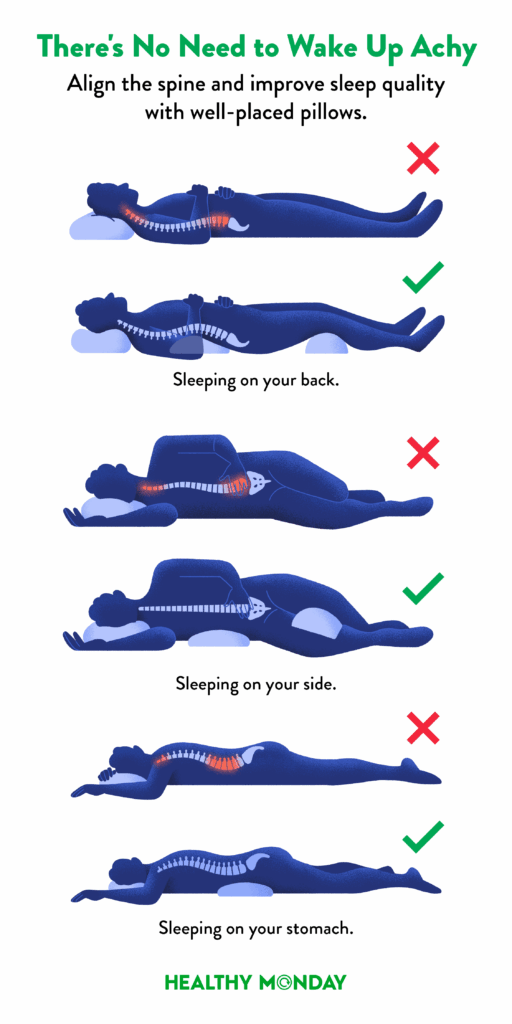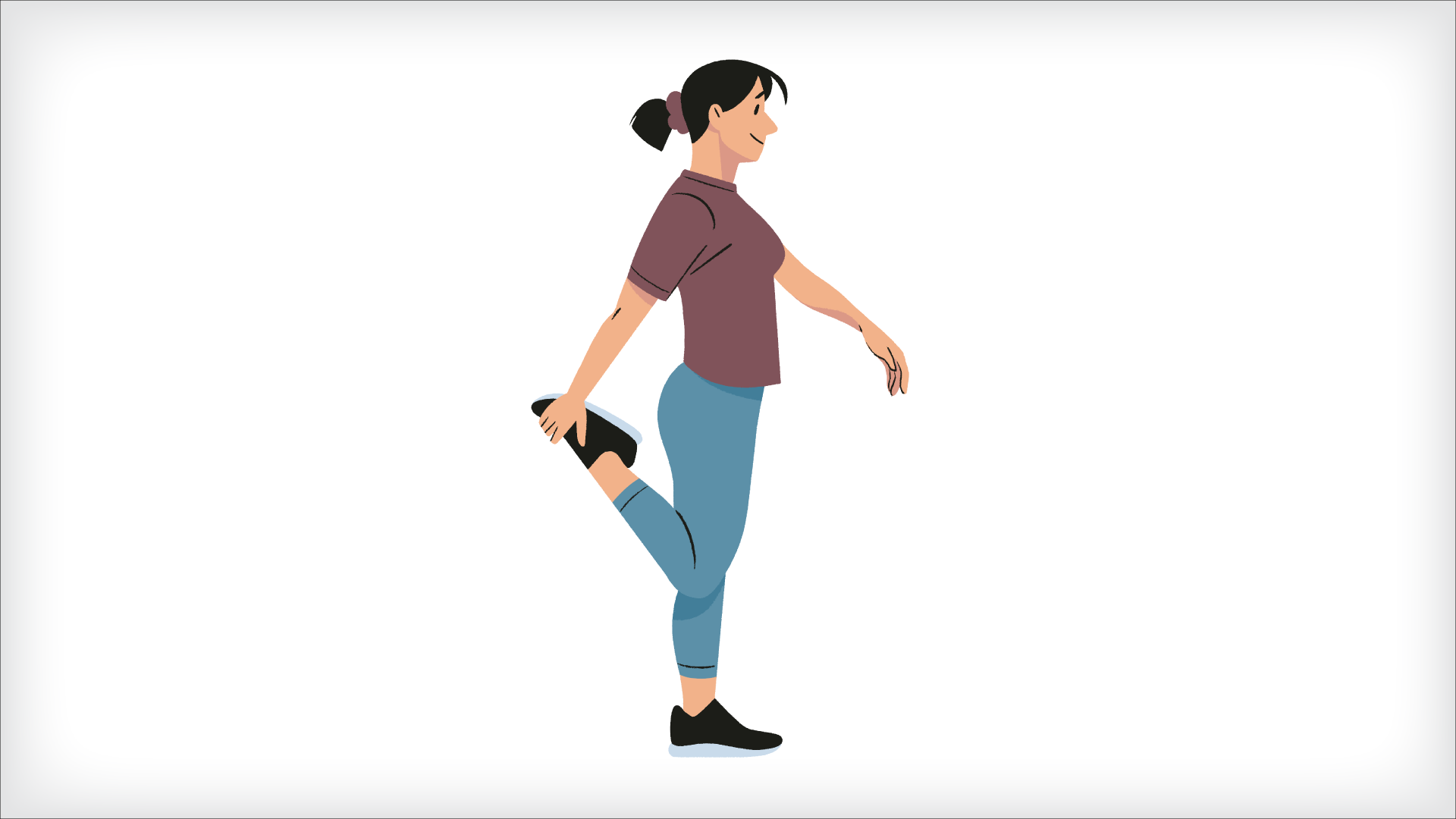How to Improve Sleep Quality with Sleep Ergonomics
Do you get a full eight hours of sleep but still wake up feeling groggy, stiff, and achy? The issue might be your bedroom. A lumpy mattress, hard pillow, or contorted sleep position can lead to a restless and uneasy night’s sleep, preventing you from getting the restorative shut-eye that the body needs to repair and recharge.
Enter sleep ergonomics: the practice of arranging your sleep environment to relieve pain and enhance overall sleep quality. Sleep ergonomics takes into account your preferred sleep positions (back, side, or stomach) to inform recommendations regarding mattress type, pillow use, and other bedroom considerations. The goal is to create a comfortable setting that improves body posture, reduces pressure to injury-prone areas, and, most importantly, allows you to sleep through the night. But proper spinal alignment and support can help with other health issues, too, such as snoring, acid reflux, inflammation, and other chronic conditions.
So, how can you most effectively set up your bedroom? We’ve provided an easy-to-follow guide for each type of sleeper.

Back Sleepers:
This position keeps the spine in a natural, S-shaped curve, while reducing pressure on the joints. The downside to this position is that it can be uncomfortable for people with lower back pain and may also worsen symptoms of sleep apnea by allowing the jaw and tongue to clutter the airways.
Mattress Type: Consider spine alignment and support. A medium-firm, breathable mattress offers an excellent combination of structure and comfort.
Pillow Use: Opt for a thin, firm pillow behind the neck (if you see your feet, your pillow is too big), combined with a pillow under the knees to slightly elevate the lumbar and spine.
Side Sleepers:
This position relieves back pressure and allows the nasal passages to open, which helps with snoring and sleep apnea. Research shows that sleeping on the left side can lessen acid reflux. The downside to this position is that it puts pressure on the hips and shoulders.
Mattress Type: Invest in a mattress that’s soft but supportive–think memory foam, which shapes to the body. Another option is a foam and coil hybrid that can help cushion the point of contact.
Pillow Use: Use a larger, firmer pillow to align the head with the spine, paired with a smaller body pillow between the legs and a third pillow hugged to the body to rest the top of the arm.
Stomach Sleepers:
Experts generally consider this sleep position to be the worst for your back. Not only does it flatten the spine’s natural curve, but it can also strain the neck. Besides being comfortable, another upside to stomach sleeping is that it helps minimize snoring.
Mattress Type: Avoid soft mattresses and opt for a firmer material to prevent the hips from sinking and keep the spine aligned.
Pillow Use: Try a slim pillow that keeps the head level, especially when sleeping on a cushiony mattress. A memory foam pillow under the hips can also help side sleepers maintain spine alignment.
Other Considerations for Your Sleep Space
While your mattress, pillow, and body position are most critical to sleep ergonomics, the rest of your bedroom also plays a role in the overall quality of your sleep. Use dim lighting and blackout curtains to prevent outside light from creeping in. Keeping the room relatively cool (between 60–70°F) is important, especially if you find yourself waking up sweaty in the middle of the night. Earplugs and white noise can also help lull you into a peaceful slumber.
By choosing the right body position, pillow, and mattress, you can protect your spine, avoid pain, and enjoy higher-quality sleep throughout the night, all while providing your body with the rest and energy it needs to take on the day!


